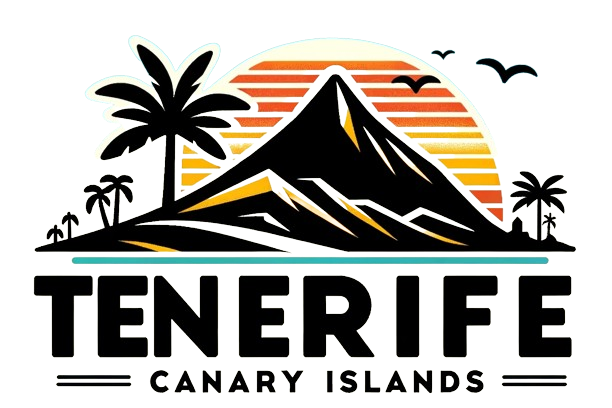Bocacangrejo Revitalizes Coastal Heritage with the Fortunate Coasts Initiative
This weekend, the picturesque El Rosario coastline in Tenerife transformed into a vibrant stage for the ‘Costas Afortunadas’ initiative, a project dedicated to celebrating and preserving the coastal identity of the Canary Islands. This initiative not only aims to highlight the natural beauty of the region but also seeks to foster a deeper understanding of the cultural and historical significance of the islands’ coastlines.
Blending Art and Environmental Stewardship
The ‘Costas Afortunadas’ project, launched by the Government of the Canary Islands, is a unique fusion of theatre, history, and environmental consciousness. The unveiling of this initiative was graced by the presence of Antonio Acosta, the General Director of Coasts and Maritime Space Management, and José Gilberto Moreno, the Managing Director of Canary Ports. Their participation underscores the government’s commitment to integrating cultural initiatives with environmental stewardship. The event was further enriched by the Cultural Association Salsipuedes, which played a pivotal role in the artistic presentation, particularly in the Bocacangrejo region.
Immersive Experience of Maritime Heritage
During the event, participants, including both locals and tourists, were invited to engage in a theatrical experience that delved into the significant events of the islands’ maritime history. This immersive journey explored various aspects, including indigenous settlements, traditional fishing practices, and the evolution of modern coastal lifestyles. The regional government emphasized the importance of this scenic walk, which vividly illustrated the deep-rooted connection between the sea and the identity of the Canary Islands. This bond has profoundly influenced the economic, social, and cultural evolution of coastal communities, making it essential to recognize and celebrate.
Highlighting the Importance of Coastal Conservation
During the event, Acosta took the opportunity to emphasize the critical role that initiatives like ‘Costas Afortunadas’ play in reconnecting the community with the region’s rich history. He articulated that understanding the role of the coastline in shaping local life is vital for future generations. Acosta remarked that preserving coastal areas is fundamentally about safeguarding cultural heritage, as the history and traditions of the islands are intricately linked to the sea and the life it supports. This perspective reinforces the idea that environmental conservation and cultural preservation are intertwined, and both must be prioritized to ensure the sustainability of the region.
Exploring Coastal Treasures Across the Islands
The stop at Bocacangrejo is just one part of a broader itinerary for the ‘Costas Afortunadas’ project, which has previously included visits to several notable locations across the Canary Islands. These locations include the stunning Canary Jewels of Tufia and El Puertillo in Gran Canaria, the breathtaking Famara in Lanzarote, and the serene Caleta de Sebo in La Graciosa. Each of these sites has its own unique story and significance, contributing to the overarching narrative of the islands’ coastal heritage. The initiative aims to bring culture, history, and sustainability closer to the public, encouraging active participation in protecting the unique environments that define the coastal identity of the Canary Islands.
Community Engagement and Future Prospects
The ‘Costas Afortunadas’ initiative not only serves as a platform for celebrating the rich maritime history of the Canary Islands but also fosters community engagement. By involving local residents and visitors alike, the project aims to cultivate a sense of ownership and responsibility towards the coastal environment. As participants immerse themselves in the stories of the islands, they are encouraged to reflect on their role in preserving these precious resources for future generations. The initiative’s success hinges on the collaboration between government entities, cultural organizations, and the community, creating a holistic approach to coastal conservation.
Key points
- The ‘Costas Afortunadas’ project highlights the coastal identity of the Canary Islands.
- Antonio Acosta and José Gilberto Moreno were key figures in the initiative’s unveiling.
- The project combines theatre, history, and environmental awareness.
- Participants experienced a theatrical journey through the islands’ maritime past.
- Coastal conservation is linked to the preservation of cultural heritage.
- The initiative has previously visited several notable locations across the Canary Islands.
- Community engagement is essential for the success of the initiative.
- The project aims to foster a sense of responsibility towards coastal preservation.
